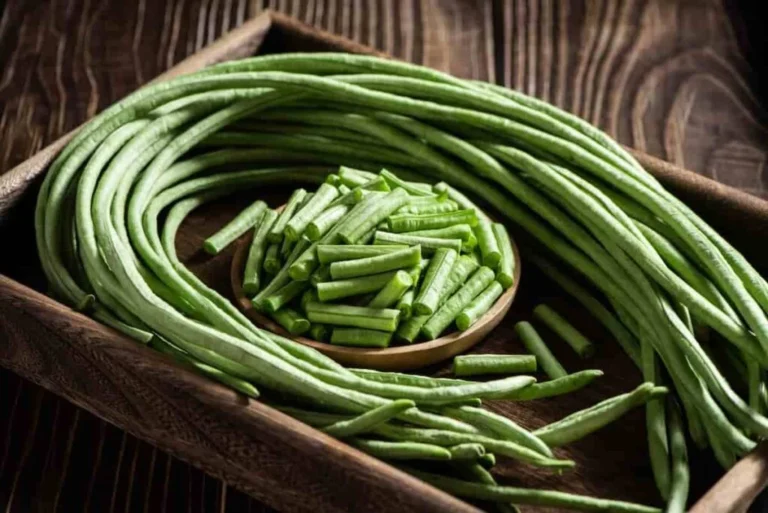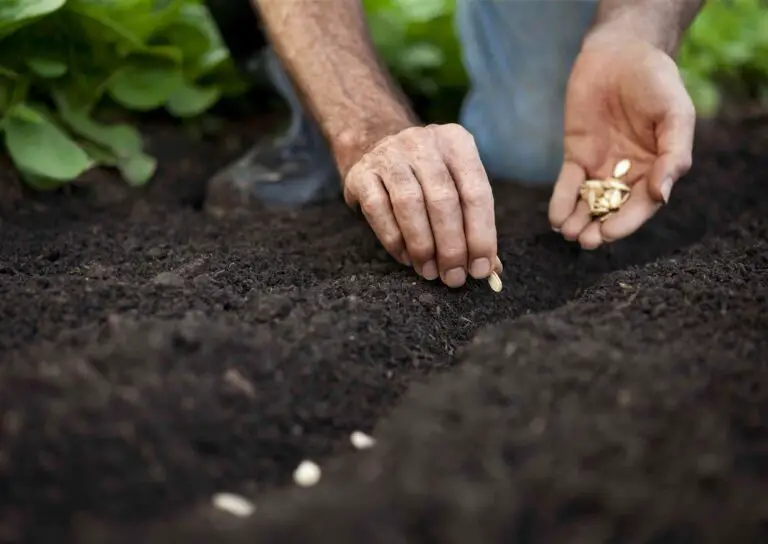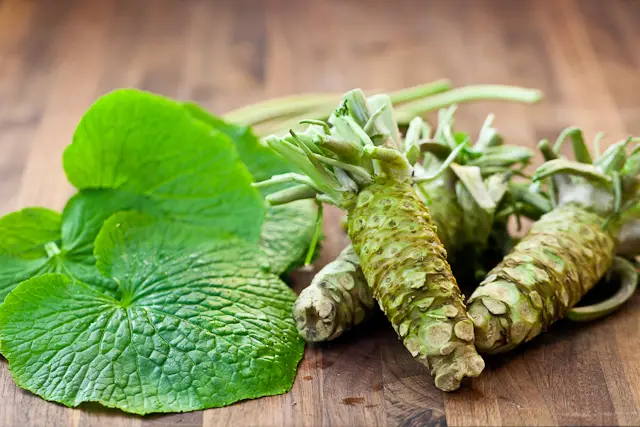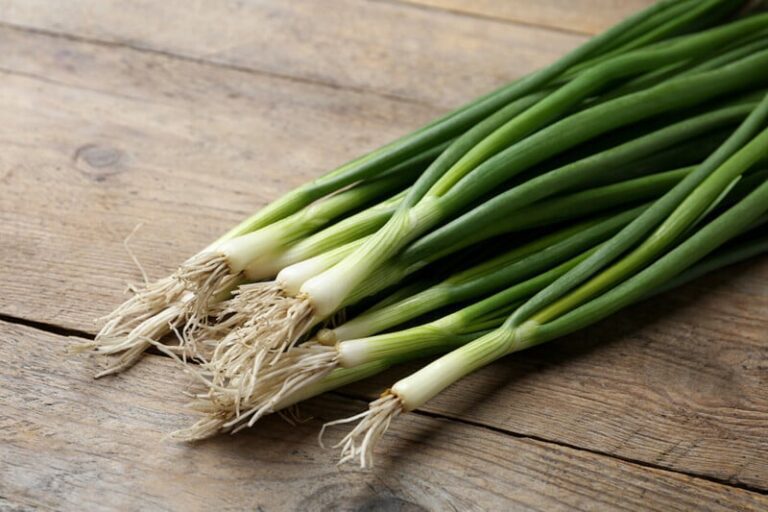Annual vs Perennial Plants: What They, How They Contrast, and How to Pick Them for Your Garden
Table of Contents
Understanding Plant Life Cycles: Exploring Different Growth Habits
Different plants have distinct growth habits that determine their life cycles. Understanding these habits is essential for successful gardening and landscaping. One common growth habit is the annual life cycle. Annual plants complete their life cycle, from seed germination to seed production, within a year. This means that they grow, flower, produce seeds, and die all in a single growing season. Examples of annual plants include sunflowers, zinnias, and marigolds.
In contrast, perennial plants have a longer lifespan and can live for several years. Perennials have the ability to regrow from their root system year after year. They may die back during the winter months, but their roots remain alive and dormant until the next growing season. This adaptive characteristic allows perennial plants to survive and thrive in various climates and environments. Notable examples of perennials include roses, hostas, and daylilies. Understanding the different growth habits of plants is essential for selecting the right plants for your garden and designing a landscape that will flourish year after year.

Exploring Annual Plants: Characteristics and Benefits
Annual plants are a popular choice among gardeners due to their unique characteristics and numerous benefits. One key characteristic of annual plants is their relatively short lifespan, typically completing their entire life cycle in just one year. This means that annual plants grow from seed, produce flowers, fruits, and seeds, and eventually die within a single growing season. This rapid life cycle allows gardeners to enjoy a new variety of plants and colors in their garden each year, providing fresh and vibrant aesthetics.
In addition to their colorful display, annual plants offer several benefits to gardeners. Firstly, annuals are known for their fast growth and ability to quickly fill in empty spaces in the garden. This makes them ideal for creating an instant burst of color and texture, especially in areas where perennials may take longer to establish. Furthermore, annual plants are often more adaptable to different climates and soil conditions, allowing gardeners to experiment with a wide range of species. Whether you have a sunny or shady spot in your garden, there are annual plants suited for every condition. Lastly, annuals are excellent candidates for container gardening, making them a versatile choice for adding interest to patios, balconies, and small spaces.
In conclusion, exploring the characteristics and benefits of annual plants reveals their unique ability to provide a vibrant and varied garden display. From their short lifespan and rapid growth to their adaptability and container gardening suitability, annual plants offer an array of advantages to gardening enthusiasts. With their reliable and rewarding performance, it’s no wonder that annual plants continue to be a popular choice among gardeners seeking fresh and dynamic landscapes year after year.
Annual plants are plants that complete their life cycle, from germination to seed production, in one year or less. They are fast-growing and produce flowers, fruits, and seeds in the same growing season.
Here is a table that summarizes some of the characteristics and benefits of annual plants:
| Characteristic | Benefit |
| High growth rate | Can quickly fill empty spaces and provide color and variety in the garden |
| High seed production | Can self-sow and create new plants for the next season |
| Low root allocation | Do not compete with perennials or trees for soil nutrients and water |
| Adaptability to disturbance and variability | Can thrive in environments with hot-dry summers, grazing, or human impact |
| Diversity of types and uses | Can be used for food, ornamental, medicinal, or ecological purposes |
Unveiling Perennial Plants: Traits and Advantages
Perennial plants are a valuable addition to any garden due to their unique traits and numerous advantages they offer. These plants, unlike their annual counterparts, have a longer lifespan and can live for multiple years. One of the most significant advantages of perennial plants is their ability to come back year after year, saving gardeners the effort of replanting and ensuring a consistent presence in the landscape.
Another notable trait of perennial plants is their ability to withstand harsh weather conditions and adapt to a variety of climates. This resilience allows them to survive through different seasons, providing color, texture, and structure to the garden all year round. Additionally, many perennial plants have deep root systems that aid in water conservation, making them well-suited for sustainable landscaping practices. These plants require less water and maintenance compared to annuals, making them an excellent choice for busy gardeners or those looking for low-maintenance options.
Furthermore, perennial plants offer a wide range of options in terms of size, shape, color, and bloom time. Their diverse characteristics allow gardeners to create visually appealing landscapes with constant blooms throughout the seasons. From vibrant flowers to ornamental grasses, there is a perennial plant suitable for every design preference.
In summary, the traits and advantages of perennial plants make them a valuable asset in any garden. With their ability to come back year after year, resilience to different climates, low maintenance requirements, and aesthetic appeal, these plants provide a long-lasting and visually stunning landscape for garden enthusiasts to enjoy.
Perennial plants are plants that live for more than two years, unlike annuals and biennials. They have different types, characteristics, and advantages.
Here is a table that compares some of them:
| Type | Traits | Advantage |
| Herbaceous | Have soft leaves and stems that die back in winter and regrow in spring | Can add color and variety to the garden with their flowers |
| Evergreen | Keep their foliage throughout the year, even without a woody stem | Can provide year-round interest and texture to the landscape |
| Woody | Have woody stems that persist year after year | Can produce fruits, nuts, and timber, and provide shade and shelter for wildlife |
| Semelparous | Flower once, produce seeds, and then die | Can produce large amounts of seeds that can colonize new areas |
| Polycarpic | Flower multiple times before dying | Can reproduce more reliably and adapt to changing conditions |
Comparing Annual and Perennial Plants: Key Differences
Annual and perennial plants exhibit several key differences, making each type unique in its growth and lifespan. One significant distinction between annuals and perennials lies in their life cycles. Annual plants complete their life cycle within a single year, from seed germination to flowering, seed production, and eventual death. In contrast, perennial plants have a longer life cycle, continuing for multiple years, even decades, with new growth occurring each spring. This divergence in life span contributes to the varying characteristics and benefits of these plant types.
Another differentiating factor between annual and perennial plants is their ability to withstand different climates. As annual plants complete their life cycle in one year, they are often better equipped to adapt to changing environmental conditions. This adaptability enables them to thrive in a wide range of climates, including regions with shorter growing seasons or harsh winter temperatures. On the other hand, perennials, with their longevity, have developed strategies to survive and thrive in specific climates and ecosystems. These plants tend to be more resilient and better adapted to their local environments, making them an ideal choice for long-term landscaping projects. Understanding these key differences can guide gardeners in selecting the most suitable plants for their specific needs and gardening conditions.
Perennial plants are plants that live for more than two years, unlike annuals and biennials. They have different types, characteristics, and advantages.
Here is a table that compares some of them:
| Type | Characteristic | Advantage |
| Herbaceous | Have soft leaves and stems that die back in winter and regrow in spring | Can add color and variety to the garden with their flowers |
| Evergreen | Keep their foliage throughout the year, even without a woody stem | Can provide year-round interest and texture to the landscape |
| Woody | Have woody stems that persist year after year | Can produce fruits, nuts, and timber, and provide shade and shelter for wildlife |
| Semelparous | Flower once, produce seeds, and then die | Can produce large amounts of seeds that can colonize new areas |
| Polycarpic | Flower multiple times before dying | Can reproduce more reliably and adapt to changing conditions |
Examining the Lifespan: Annuals vs Perennials
Annuals and perennials are two distinct categories of plants that differ greatly in terms of their lifespan. Annual plants have a short lifespan of just one growing season, completing their entire life cycle, from seed germination to flowering and seed production, within a year. On the other hand, perennials have a longer lifespan, persisting for multiple years, with some plants living for several decades.

The short lifespan of annuals is both a disadvantage and an advantage. On one hand, it means that annuals need to be replanted every year, requiring more effort and resources from gardeners. However, this also provides an opportunity to experiment with different plants and styles each year, refreshing the garden and allowing for creative expression. Perennials, in contrast, offer the advantage of returning year after year, reducing the need for replanting. This can create a more stable and predictable garden environment, while also providing a sense of continuity and familiarity.

Seasonal Considerations: Annuals and Perennials in Different Climates
Seasonal considerations play a crucial role in the successful cultivation of annuals and perennials, especially in different climates. Understanding the unique environmental requirements of each plant type is essential for gardeners looking to create thriving and vibrant landscapes.
When it comes to annuals, their growth and development are closely tied to the seasons. In colder climates, where winter temperatures drop below freezing, annuals are typically cultivated during the warmer months when frost is no longer a concern. These plants complete their entire life cycle, from seed germination to flower production and seed formation, within a single growing season. This makes them perfect for adding bursts of color and variety to gardens, as they often have shorter blooming periods compared to perennials. However, gardeners in colder climates must be prepared to replant annuals each year to enjoy their beauty.
Designing Your Garden: Factors to Consider when Choosing Annuals
Choosing annual plants for your garden requires careful consideration of several factors. First and foremost, it is crucial to assess your garden’s environmental conditions, such as sunlight exposure, soil quality, and drainage. Different annual plants have varying requirements in terms of sunlight, moisture, and soil pH. By understanding these needs, you can select annuals that will thrive in your specific garden environment.
Another crucial factor to consider when choosing annual plants is their growth habit and size. Some annuals, like petunias and marigolds, grow low to the ground and are excellent choices for bordering pathways or filling in gaps between other plants. On the other hand, tall annuals like sunflowers or snapdragons can provide height and vertical interest in your garden. By considering the growth habit and ultimate size of annual plants, you can plan and design your garden more effectively, ensuring a visually appealing and harmonious arrangement.
When selecting annuals, it is also important to take into account your overall garden design and color scheme. Annuals come in a wide range of colors, from vibrant yellows and reds to soothing pastels. By choosing annuals that complement or contrast with the existing plants in your garden, you can create visually stunning displays. Additionally, considering the bloom time of different annuals can help you maintain a continuous burst of color throughout the growing season.
Overall, when designing your garden and choosing annual plants, it is essential to analyze the environmental conditions of your garden, consider the growth habit and size of the plants, and select annuals that harmonize with your existing garden design. Taking these factors into account will not only enhance the visual appeal of your garden but also ensure the success of your annual plants in their temporary but impactful role in your landscape.
The table below summarizes lists of some factors to consider when choosing annuals for your garden:
| Factor | Description |
| Sunlight | Annuals need different amounts of sunlight to thrive. Some prefer full sun (6 or more hours of direct sun per day), some prefer partial sun (4 to 6 hours of direct sun per day), and some prefer shade (less than 4 hours of direct sun per day). Check the plant tags or labels to find out the sun requirements of each annual. |
| Soil | Annuals need well-drained and fertile soil to grow well. You can improve the soil quality by adding organic matter, such as compost or manure, before planting. You can also use mulch to conserve moisture and prevent weeds. |
| Water | Annuals need regular and consistent watering, especially during hot and dry periods. The frequency and amount of water depend on the type of annual, the soil condition, and the weather. A general rule is to water deeply and thoroughly when the top inch of soil feels dry to the touch. Avoid overwatering or underwatering, as both can cause stress and damage to the plants. |
| Fertilizer | Annuals need extra nutrients to produce flowers, fruits, and seeds. You can apply a balanced fertilizer, such as 10-10-10, every two to four weeks during the growing season. Follow the label instructions for the dosage and application method. You can also use organic fertilizers, such as fish emulsion or seaweed extract, for a more natural boost. |
| Maintenance | Annuals need some maintenance to keep them healthy and attractive. You can deadhead or remove the faded flowers to encourage more blooming and prevent seed formation. You can also prune or pinch back the stems to promote bushier growth and prevent legginess. You can also remove any diseased or damaged parts to prevent the spread of pests and diseases. |
Long-Term Landscaping: Factors to Consider when Selecting Perennials
Factors to Consider when Selecting Perennials for Long-Term Landscaping
When it comes to long-term landscaping, selecting the right perennials is crucial. These plants have the ability to survive for multiple seasons, providing year-round beauty and structure to your garden. As you make your choices, there are several important factors to consider.
First and foremost, it is essential to assess your specific climate and growing conditions. Different perennials have different preferences when it comes to temperature, sunlight, and soil moisture. Some varieties thrive in full sun, while others prefer partial shade. Additionally, certain perennials are more tolerant of drought conditions, while others require consistently moist soil. By understanding and choosing plants that are well-suited to your local climate, you can ensure their long-term success in your garden.
Second, consider the maintenance requirements of the perennials you are considering. While these plants are generally low-maintenance compared to annuals, they still require some level of care. Factors such as pruning, fertilizing, and pest control can vary greatly among different perennial species. Some may require regular deadheading to prolong flowering, while others may need division every few years to maintain their vigor. By assessing your time and resources for garden maintenance, you can select perennials that align with your desired level of involvement.
By carefully considering factors such as climate suitability and maintenance requirements, you can make informed decisions when selecting perennials for your long-term landscaping. These factors will not only contribute to the health and longevity of your garden, but also ensure that you create a visually stunning and sustainable landscape that you can enjoy for years to come.
• Climate suitability: Assess the specific climate and growing conditions of your area to determine which perennials will thrive. Consider factors such as temperature, sunlight, and soil moisture preferences.
• Maintenance requirements: While perennials are generally low-maintenance compared to annuals, they still require some care. Evaluate factors like pruning, fertilizing, and pest control when selecting perennials. Some may need regular deadheading or division every few years.
• Long-term success: By choosing perennials that are well-suited to your local climate and align with your desired level of involvement for maintenance, you can ensure their long-term success in your garden.
• Visual appeal: Selecting the right mix of perennial plants can create a visually stunning landscape that provides year-round beauty and structure to your garden.
• Sustainability: By considering factors such as climate suitability and maintenance requirements, you can create a sustainable landscape that will last for years to come.
This table summarizes the factors above to consider while choosing perennial crops for your garden:
| Factor | Description |
| Climate suitability | Perennial crops need to be adapted to the minimum winter temperature and the maximum summer temperature of your area. So choose perennial crops that match or exceed it. You can also consider the rainfall, humidity, and frost patterns of your area and select perennial crops that can tolerate them. |
| Maintenance requirements | Perennial crops need different levels of care and attention, depending on their type, growth habit, and pest and disease resistance. Some perennial crops, such as rhubarb, asparagus, and artichokes, are relatively low-maintenance and only need occasional watering, weeding, and fertilizing. Others, such as berries, grapes, and fruit trees, are more demanding and need regular pruning, thinning, trellising, and pest and disease control. You should choose perennial crops that suit your available time, resources, and skills. |
| Long term success | Perennial crops need to be compatible with your soil type, pH, and fertility. You can test your soil and amend it with organic matter, such as compost or manure, before planting. You can also use mulch to conserve moisture and suppress weeds. Perennial crops also need to be spaced properly to allow for their mature size and root spread. You should follow the planting instructions and recommendations for each perennial crop and avoid overcrowding or under-planting them. |
| Visual appeal | Perennial crops can add beauty and diversity to your garden with their flowers, fruits, foliage, and shapes. You can choose perennial crops that complement your existing landscape design and create attractive combinations of colors, textures, and heights. You can also consider the seasonal changes and variations of your perennial crops and plan for a continuous display of interest and charm. |
| Sustainability | Perennial crops can contribute to the sustainability and resilience of your garden by reducing soil erosion, enhancing water infiltration, sequestering carbon, and supporting wildlife. You can choose perennial crops that are native or adapted to your region and that provide food, shelter, and habitat for beneficial insects, birds, and animals. You can also practice organic and regenerative methods, such as crop rotation, intercropping, and cover cropping, to improve the health and productivity of your perennial crops and your garden as a whole. |
Aesthetics and Variety: The Color and Bloom Options of Annuals
As gardening enthusiasts, we are constantly seeking new ways to enhance the aesthetics and variety of our gardens. One excellent way to achieve this is by incorporating annual plants. These delightful specimens undoubtedly bring a burst of color and an abundance of bloom options to any garden.
When it comes to annuals, the array of colors available is truly astonishing. From vibrant reds and oranges to soothing blues and purples, there is a shade to suit every preference and taste. Furthermore, annual plants often produce an abundance of flowers, creating a stunning visual display that can transform any outdoor space into a vibrant oasis.
The variety of bloom options offered by annuals is equally impressive. Whether you prefer delicate and dainty flowers or bold and showy blooms, annuals have it all. From the graceful petals of the marigold to the intricate patterns of the zinnia, these plants offer an endless array of fascinating shapes and forms.
In addition to their visual appeal, annual plants also provide the opportunity to experiment and vary your garden from year to year. With the ability to choose new varieties and colors each season, you can continuously refresh and reinvent your outdoor space. This versatility allows for endless creativity and customization, as you can adapt your garden to suit your evolving tastes and preferences.
So, whether you are looking to add a pop of color or diversify the bloom options in your garden, annual plants are an excellent choice. With their vast range of colors and fascinating variety of blooms, they bring an undeniable aesthetic appeal and a touch of excitement to any outdoor space.
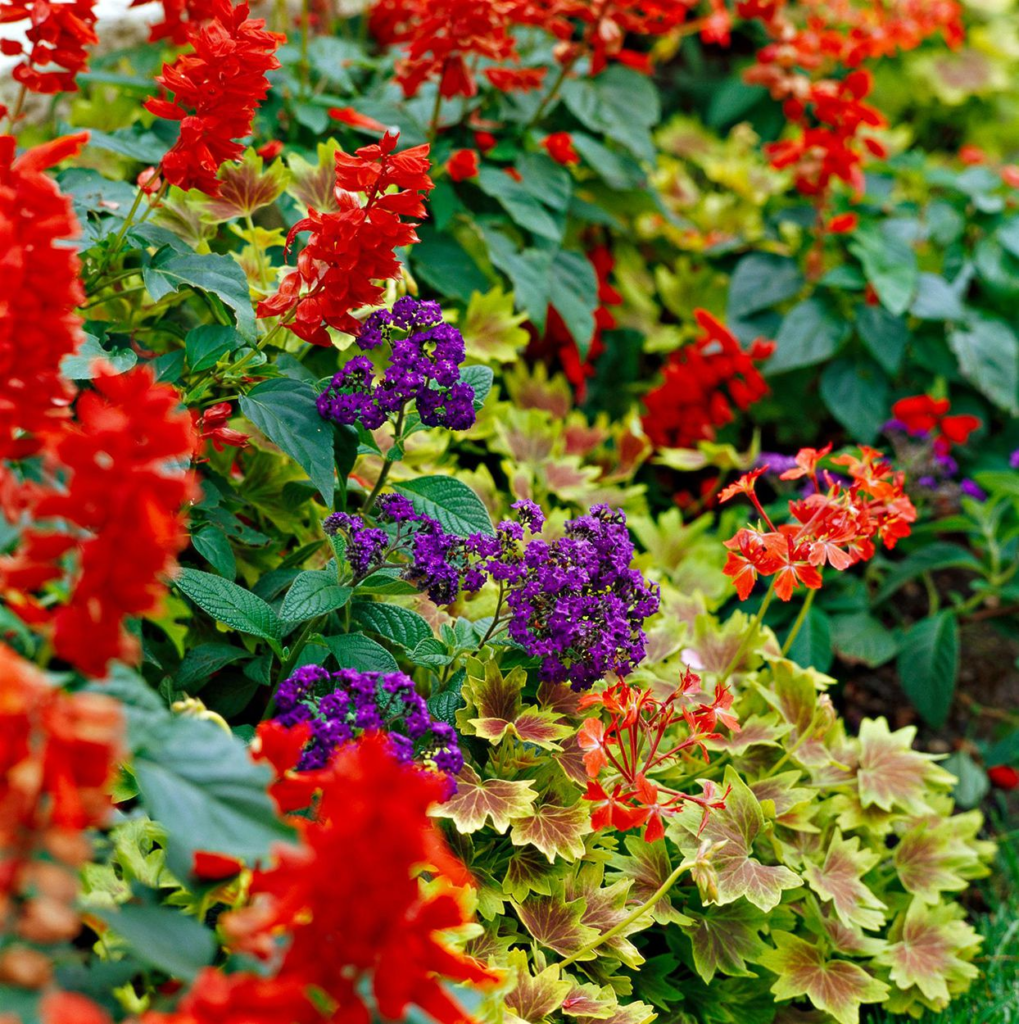
Sustainable Landscaping: The Environmental Benefits of Perennials
Perennials are an essential component of sustainable landscaping practices due to their numerous environmental benefits. One significant advantage is their ability to reduce soil erosion. The extensive root systems of perennial plants help to stabilize the soil, preventing it from being washed away by heavy rain or wind. This is especially crucial in areas prone to erosion, such as sloped landscapes or regions with sandy soils. By anchoring the soil, perennials contribute to the long-term preservation of the topsoil, which is vital for healthy plant growth and ecosystem sustainability.
In addition to soil conservation, perennials are also known for their water-saving properties. Many perennial species have evolved to withstand drought conditions, making them more resilient and adaptable to water scarcity. These plants have root systems that can reach deeper into the soil, accessing water sources that annuals may not be able to tap into. As a result, perennials require less irrigation, reducing the overall water consumption in landscapes. This not only helps to conserve water resources but also lowers the demand for energy-intensive irrigation practices, leading to a significant reduction in carbon footprint. By incorporating perennials into your garden, you contribute to the promotion of water efficiency and environmental sustainability.

Managing Plant Care: Annuals vs Perennials
Annuals and perennials require different levels of care throughout their lifespan. Annual plants have a shorter life cycle, usually completing their growth and flowering within one year. This means that they require more attention and regular care. Annuals need to be watered regularly, especially during dry spells, to maintain healthy growth and prevent wilting. It’s also important to monitor and control pests and diseases, as they can quickly damage or kill annual plants. Regular fertilization is necessary to fuel their rapid growth and encourage abundant flowering.
On the other hand, perennials have a longer life cycle, often lasting for several years. While they may require less frequent care than annuals, proper maintenance is still crucial for their health and longevity. Watering needs to be adjusted depending on the specific requirements of each perennial plant. Some perennials prefer drier conditions, while others need consistently moist soil. Pruning is essential to remove dead or damaged foliage and promote new growth. Regular division of perennials will help prevent overcrowding and maintain their vigor. Additionally, fertilizing perennials at the appropriate times can enhance their overall performance and ensure continuous bloom.
Here are some tips on how to manage plant care for annuals and perennials:
| Tip | Annuals | Perennials |
| Choose the right plants | Select plants that are suitable for your climate, soil and sun exposure, | Choose plants that are hardy in your zone and match your site conditions. |
| Plant at the right time | Plant annuals after the last frost day in spring, or start seeds indoors 6-8 weeks before transplanting. | Plant perennials in early spring or fall, when the soil is moist and cool |
| Water wisely | Water annuals regularly and deeply, especially during hot and dry periods | Water perennials deeply and infrequently, allowing the soil to dry slightly between waterings |
| Fertilize moderately | Fertilize annuals every 2-4 weeks with a balanced fertilizer, or use a slow-release fertilizer at planting time | Fertilize perennials once or twice a year, preferably in early spring and/or midsummer |
| Prune and deadhead | Prune annuals to shape them and remove dead or diseased branches | Deadhead perennials to encourage more blooms and prevent self-seeding |
Planning for Succession: Incorporating Both Plant Types in Your Garden
Incorporating both annual and perennial plants in your garden is a strategic approach that allows for a continuous cycle of growth and beauty. By understanding the different characteristics and benefits of these plant types, you can create a visually appealing and sustainable landscape.
Annual plants, known for their rapid growth and short lifespan, provide bursts of vibrant color and are ideal for filling in gaps in your garden. They typically complete their life cycle within one year, from seed germination to flowering and seed production. Incorporating annuals in your garden ensures a constantly changing display of flowers and foliage, adding excitement and variety to your outdoor space. On the other hand, perennial plants have longer lifespans, often lasting for multiple years. They provide a reliable structure and foundation in your garden, as they return year after year, enhancing the overall design. With their deep root systems and ability to survive various weather conditions, perennials offer stability and easy maintenance. By carefully selecting a combination of annuals and perennials, you can create a garden that transitions smoothly from season to season, ensuring a continuous and ever-evolving display of beauty.

Tailoring Your Garden: Combining Annuals and Perennials for Year-Round Interest
Combining annual and perennial plants in your garden is a strategic way to create year-round interest and ensure that your landscape is always vibrant and flourishing. By selecting plants with complementary growth habits and blooming seasons, you can achieve a diverse and visually appealing garden that will delight you and your visitors throughout the year.
Annuals, with their short lifespan of just one growing season, are known for their impressive bursts of color and abundant blooms. They offer a wide variety of options, from vibrant petunias and marigolds to delicate pansies and zinnias. By incorporating annuals into your garden, you can enjoy a constantly changing display of color and texture. Additionally, annuals can fill in gaps and provide visual interest while perennial plants are dormant or not yet fully established.
On the other hand, perennials are the backbone of any garden, providing long-lasting beauty year after year. With their strong root systems and ability to survive multiple growing seasons, perennials offer a sense of permanence and stability to your landscape. They come in a wide range of shapes, sizes, and colors, allowing you to create a garden that suits your personal preferences. By carefully selecting perennials that bloom at different times throughout the year, you can ensure that your garden always has something in flower, even during the colder months.
By combining annuals and perennials, you can enjoy the best of both worlds. The ever-changing colors and textures of annuals will add excitement and variety to your garden, while the enduring beauty of perennials will provide a sense of consistency and structure. So, why limit yourself to just one type of plant when you can have a garden that evolves and enchants all year round?
To Know More About Annuals and Perennial Crops, Watch This Video!
Can I plant annuals and perennials together in the same garden?
Yes, you can definitely plant annuals and perennials together in the same garden. In fact, combining these two types of plants can create a stunning and diverse landscape.
Do annuals require more maintenance than perennials?
Generally, annuals do require more maintenance than perennials. Annuals typically need to be replanted each year, and they may require more frequent watering, fertilizing, and deadheading to prolong their blooming period.
Are there any specific considerations for choosing annuals in different climates?
Yes, when choosing annuals for different climates, it’s important to consider their tolerance to heat, cold, and humidity. Some annuals thrive in hot and dry climates, while others prefer cooler temperatures or more moisture.
Can I have a variety of colors and blooms with annuals?
Yes, one of the great advantages of annuals is the wide range of colors and blooms they offer. From vibrant reds and yellows to soft pastels and deep purples, annuals can add a pop of color and variety to your garden.
Are perennials environmentally-friendly?
Yes, perennials are considered environmentally-friendly. Once established, they require less water and fertilizer compared to annuals. Their deep roots also help prevent soil erosion and provide habitats for beneficial insects and organisms.
How do I manage plant care for both annuals and perennials in my garden?
Managing plant care for both annuals and perennials involves regular watering, fertilizing, pruning, and pest control. However, it’s important to note that the specific care requirements may vary between different plant species.
What is succession planting and how can I incorporate it in my garden?
Succession planting involves planting different annuals after the previous ones have finished blooming. This ensures a continuous display of flowers throughout the growing season. To incorporate succession planting, choose annuals with different blooming periods and stagger their planting times.
How do I tailor my garden with a combination of annuals and perennials for year-round interest?
To create year-round interest in your garden, you can select perennials that bloom at different times throughout the year and combine them with annuals that provide seasonal pops of color. This way, you’ll have continuous blooms and visual appeal in your garden throughout the seasons.

